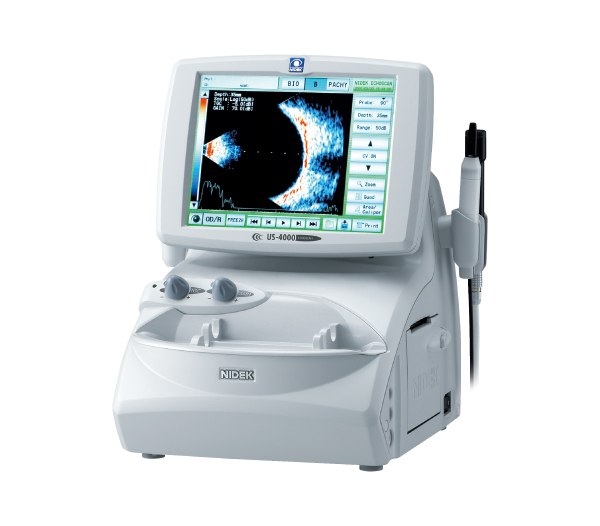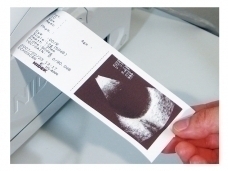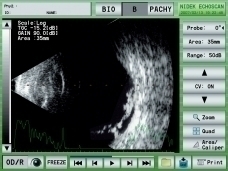B Scan
B-scan is a diagnostic test used to produce a two-dimensional, cross-sectional view of the eye and the orbit. The ultrasound uses high-frequency sound waves that travel through the eye. Reflections (echoes) of the sound waves form a picture of the structure of the eye. At smile laser eye centre we perform b-scan at world’s most advanced proven gold standard Nidek Japan US-4000. The B scan Eye test is done for the evaluation of retina & vitreous when media are hazy & visualization of posterior segment is not possible.

How is the B-Scan test performed?
You will be lied down. The test is usually done with your eyes closed. A gel is placed on the skin of your eyelids. The B-scan probe is gently placed against your eyelids to do the test. You may be asked to look in many directions to improve the ultrasound image or so it can view different areas of your eye.

Why is the B-Scan eye test done?
B-scan is performed to look at the inside part of the eye or the space behind the eye that can’t be seen. This occur when you have matured cataracts or other conditions that make it hard for the doctor to see the retina. The back portion of the eye consists of the area behind the lens of the eye. Mainly the vitreous gel and the retina.

One of the most common reasons to perform this test is before cataract surgery. If the cataract is very advanced it blocks the view of the retina. In that situation, your doctor does not know the status of your retinal health. The ultrasound helps us to know if the retina is in its position and if there is something grossly wrong with the retina. The test help diagnose retinal detachment, tumors and other disorders.
It can also be done in patients who have an advanced thyroid eye disease to see the position of the muscles of the eye. Sometimes when the eye protrudes out, again an ultrasound helps. We come to know if there is any space occupying lesion behind the eye that is pushing the eye outwards.
B-Scan can reveal following conditions as well:
- foreign bodies in the eye
- cysts
- swelling
- detachment of the retina
- damaged tissue or injury to the eye socket (orbit)
- vitreous hemorrhage (bleeding into the clear gel, called the vitreous humor, that fills the back of the eye)
- cancer of the retina, under the retina, or in other parts of the eye